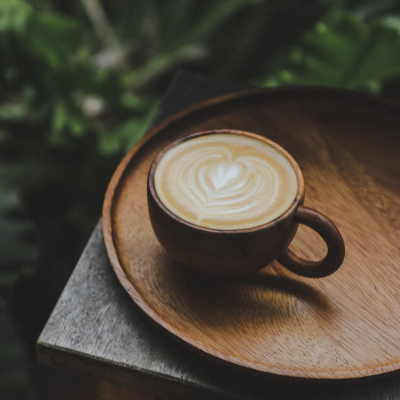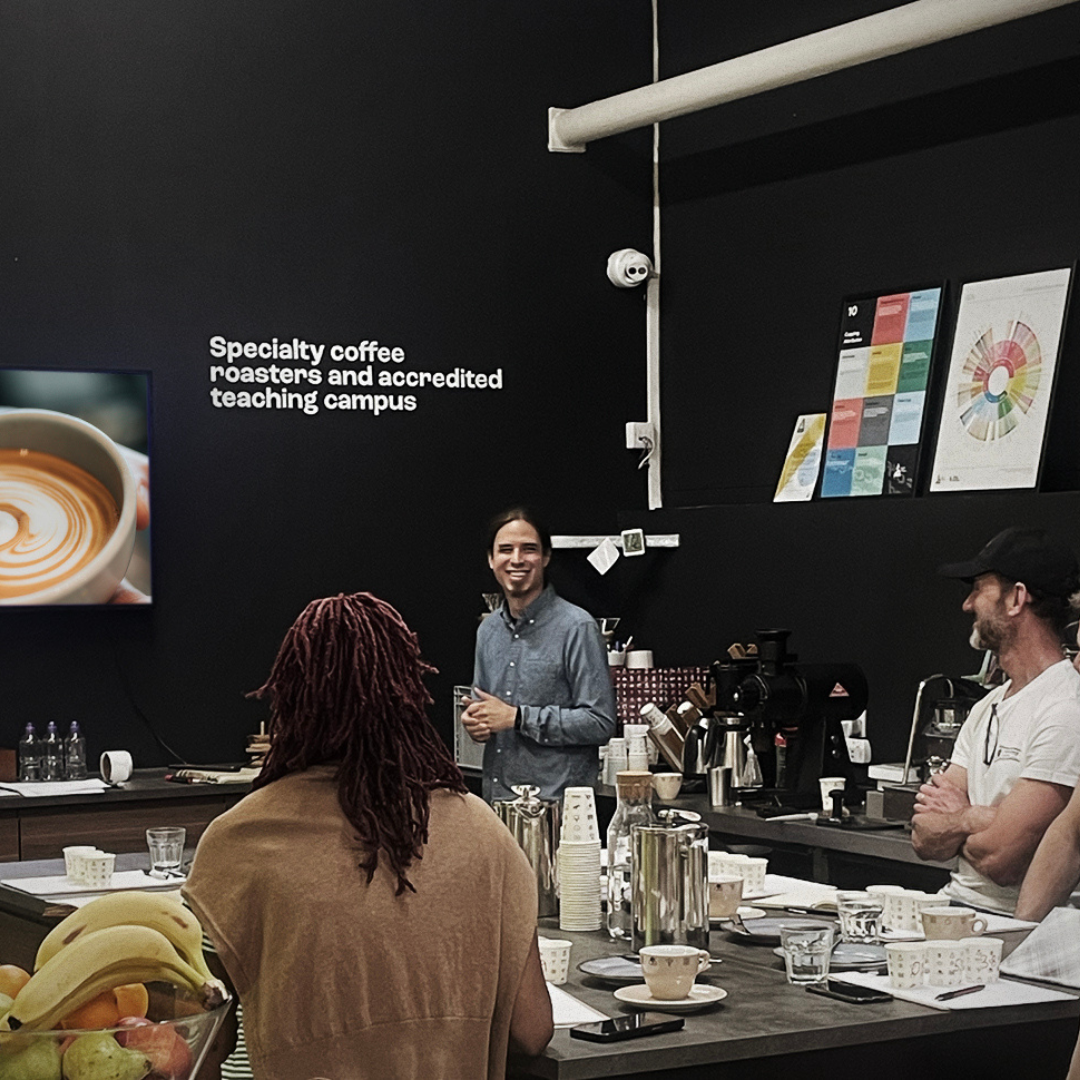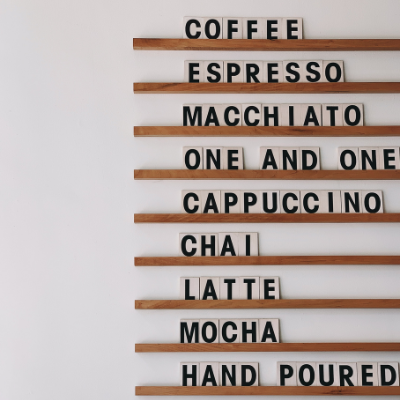
The Difference Between Light, Medium, And Dark Roast Coffee
One of the most influential aspects of coffee taste boils down the way the coffee is roasted. The process of roasting coffee transforms beans into the aromatic and flavourful coffee that we adore so dearly. However, roasting coffee beans at different levels achieves more than simply darkening the bean; it also alters many of the beans’ physical attributes.
One of the most frequently asked questions amongst specialty coffee lovers is what is the difference between coffee roasts? Everyone has their go-to coffee roasting level, and with so much to choose from, our team of specialty coffee roasters here at 39Steps are here to help. In this article, we will help you to understand the differences between light, medium and dark coffee roast levels, the different flavours of coffee roast levels as well as some fun and quirky names for the different roast levels.
Coffee Roast Levels VS Amount of Caffeine
Coffee ‘roasting levels’ are employed by coffee roasters and specialty coffee shops to convey the length of time and how thoroughly the coffee beans have been roasted. A common misconception made is that light roast coffees offer less caffeine compared to their darker, bolder counterparts. However, the truth is actually the opposite! As coffee beans roast, the caffeine gradually cooks out of the bean. Therefore, because lightly roasted coffee beans cook for a shorter time and at a much lower temperature, they tend to retain more caffeine from the original green coffee bean, whereas darker coffee roasts generally contain less caffeine.
Light Roast Coffee
Light roast coffee is generally characterised by its light brown colour, light body and no oil on the surface of the beans. Light roast coffees are known to typically have crisp acidity, mellow body and bright flavours. They are roasted in order to preserve the distinctive characteristics of the beans. Provided the beans are well grown, processed and then roasted, they can be known to produce a very wide variety of flavours, aftertastes and aromas.

Light roasting coffee is widely beloved across the speciality coffee industry, largely due to its ability to provide more vibrant and unique flavours out of the coffee produced. Lightly roasted coffee enhances the unique characteristics of a coffee’s origin and heritage more than any other roast style.
The temperature of lightly roasted coffee often reaches an internal temperature of around 350º-400º. Light roast beans will barely reach what is referred to as ‘first crack’, a stage whereby the vapours within the beans break through the outer wall, creating a ‘cracking’ sound. This popping noise - AKA the “first crack” - is used as the cue that the coffee beans have reached a Light Roast level.
Fun Fact: Other names for light roast coffee includes: ‘cinnamon’, ‘light city’ and ‘half city’.
Medium Roast Coffee
Medium Roast coffee is generally brown in colour and poses a slightly thicker body than that of a Light Roast. Medium roasted level coffees start to adopt a stronger taste from the coffee roasting process, losing the bright floral flavours often typical of a Light Roast coffee. Instead, they possess a much more balanced, rounded flavour with a medium level of caffeine. A medium coffee is roasted until just before the second ‘crack’, which is usually at around 410º-440º.
By roasting to this level, it also preserves many of the unique flavours derived from the coffee’s origin, though it also starts to reach into the deep caramel sweetness found in longer roast coffees. As a result, these coffees are well-rounded and slightly sweeter. Speciality coffee roasters often favour medium roasts because they can be more approachable in comparison with light roast coffees for the average coffee consumer, as they are less acidic and intense, but still showcase a coffee’s natural flavour profile.
Other names for a medium roast coffee are ‘American Roast’, ‘Breakfast Roast’, or ‘City Roast’.
Dark Roast Coffee
Dark Roast coffee is usually a dark brown, even closer to a blackened colour. The beans are characterised by their oily, glossy surface. Coffee made from a dark roast has a robust and full body, low acidity, and tend to reveal deeper, darker flavors.
The flavours derived from the coffee’s country of origin are almost entirely roasted out, instead taking on quite a bold and smoky taste, but that doesn’t mean that these coffees are bland and boring. Some coffees will lean toward a dark roast because they thrive with chocolatey, caramel and nutty flavors.
To be considered a dark roast, coffee beans are roasted to a temperature of anything higher than 440º or essentially until the end of the second ‘crack’. If beans roast any hotter than 465º, the coffee will begin to taste more and more of charcoal.
The differences between light and dark roast coffee levels is quite surprising. We suggest trying out a light roast and a dark roast coffee side-by-side to truly experience the difference in taste.
Summary of The Different Coffee Roasting Levels
Now that we have covered the main differences between coffee roasting levels, it’s time for you to go out and put your newfound knowledge to the test. If you find a coffee that truly resonates with you, let us know!
Below we have assembled a summary of the differences between coffee roast levels to make things even easier for you. Happy roasting!





Leave a comment
This site is protected by reCAPTCHA and the Google Privacy Policy and Terms of Service apply.